I like to live by the phrase “Fail to prepare, prepare to fail”. It describes quite well how I prefer to be well organised and not get caught off guard. I’ve developed a tentative plan for the first few months of the scholarship, which should prepare me for the year of adventure ahead.
The first step on my list of building my arsenal consisted of visiting one of my generous sponsors Apeks, accompanied by the preceding European Scholar, Felix Butschek, for a regulator maintenance course. I’ll be visiting some pretty remote places on the planet during my year, where they’ll be no dive shops to pop into for a quick fix. So, with the kind guidance of Gill Kaneen, Felix and I took apart every component of the regulator (in organised chaos) and built it back up again. It was a huge eye opener to see how many small components comprised a set of regs and the particularity in which it was to be constructed to allow a diver to breath underwater.
We also got a sneaky tour around the factory which revealed the huge intricacies and detailing that goes into building a set of regs. It was such an insight into the construction of regulators and to watch them being made from start to finish increased my respect for this simple yet complex piece of equipment that keeps me alive and breathing under the waves.

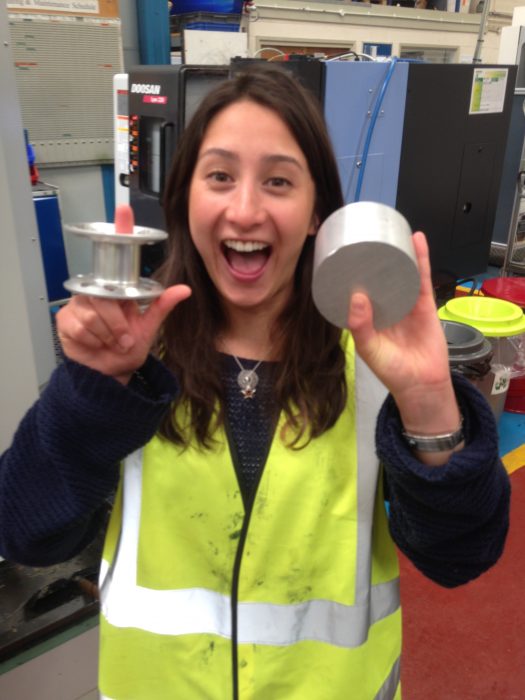
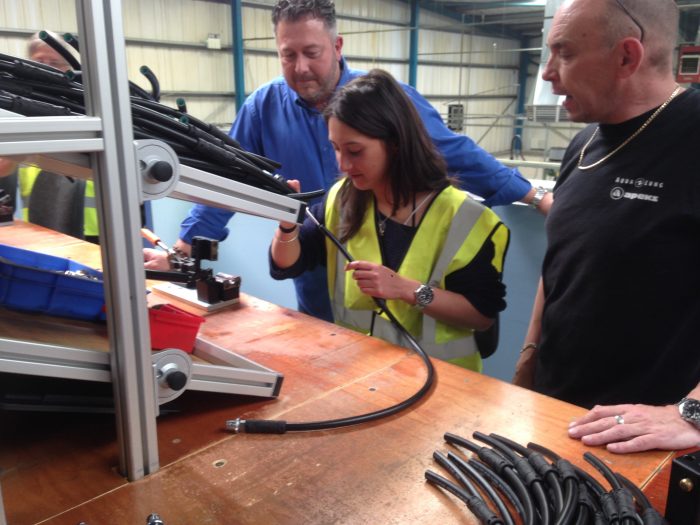
The next move for me was to get some help with my camera gear. Another few fantastic supporters of the society, Reef Photo Video and Light and Motion had very kindly provided all 3 scholars a bag full of underwater photography equipment to document out year with. Nauticam housing, Inon strobes, wet lenses, video lights and a Pansonic Lumix! The only issue was, I had no clue what half of the things were or how they were supposed to go together. Luckily, Lars Kiregaard from FOTOGRAFIT.eu is the scholarship’s Scandinavian coordinator and knows the equipment inside out.
However, this was when the glamorous side of travelling was ever so slightly tarnished. A wake up of 3am to get to the airport was followed by an hour delay at Manchester airport making my transfer from Brussels to Billund look non-achievable. Myself and the rowdy Hen do behind me started running through the airport to try to find someone to help us. Luckily enough, my flight was rearranged for me to fly to Amsterdam and then onward to Billund. This whole malarkey delayed my arrival to Denmark by 4 hours.
After the madness I arrived in Billund alongside my scholar sister, Leah Potts… but my baggage was not to be seen. It had become lost in mayhem…
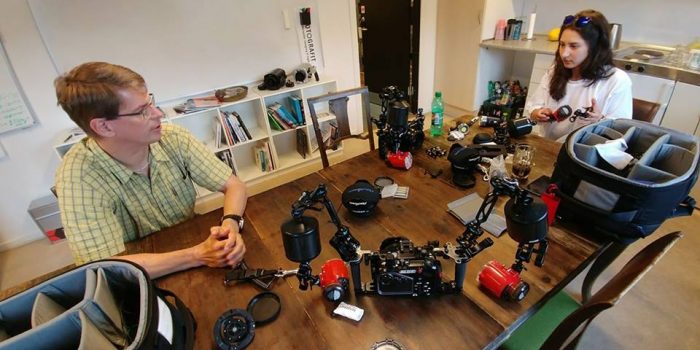
The journey was well worth the effort though as Lars, friends and family were superb hosts and provided myself and Leah with some key fundamental skills in photography, understanding our gear as well as keeping us fed with delicious barbecues and keeping us in great company. We even had the chance to get into the Danish Sea. The gorgeous rolling green fields of Denmark ran into the sea around Jylland and provided some lovely seagrass meadows to dive and practice with our camera kit. It was incredibly difficult to manage the camera, strobes, and focus on the moving animals that you wanted to take pictures of!
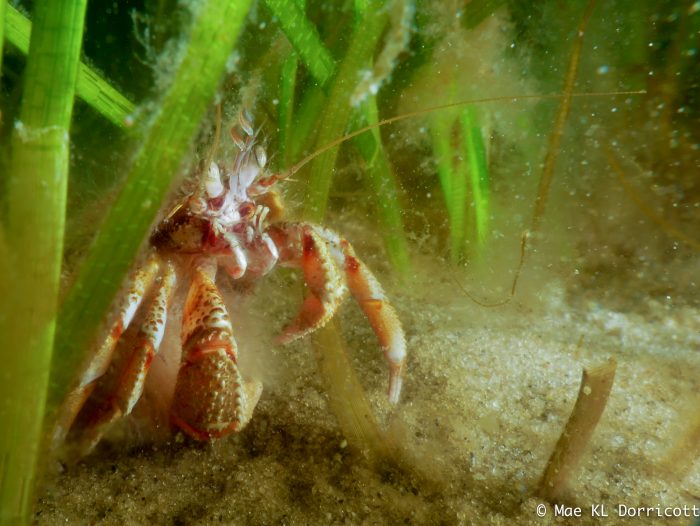
I was kept warm in the Scandinavian sea with my new Fourth element thermals that were extremely comfy and allowed me to stay down in the water without getting cold at all! I am also a massive fan of the after dive ritual in Denmark which consists of a barbecue and beer. Eventually, after some time I started to get the hang of underwater photography and I am looking forward to using and improving my skills later in the year.
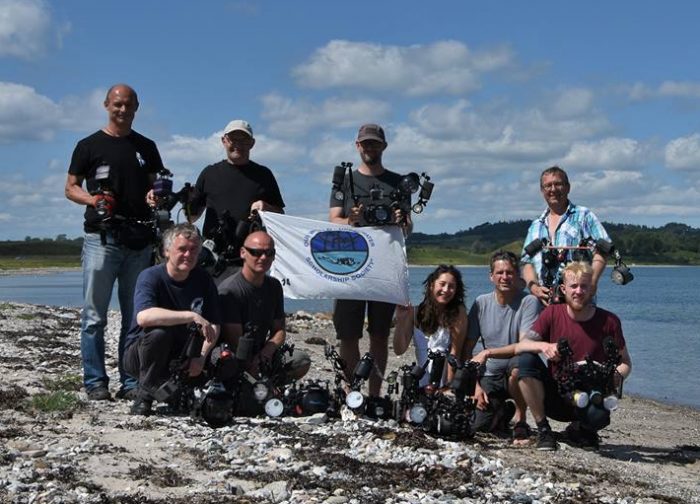
My next stop was in London to gain some experience with the Director of Communications, Anna Wharton, from Nekton:Mission. Nekton the Mission is charitable organisation supported by XL Catlin Deep Ocean Survey. They aim to generate a methodology that can be used globally to assess the health of the deep sea. Pretty awesome stuff and I got the chance to help out Anna with promoting the Nekton Mission.
It was interesting to see how much work and effort went into communicating such a large project. You need to not only keep investors in the loop, but also engage everyday people in the complexities of a scientific expedition and mission. (If you’re on Twitter, check out their 100 #oceanfact campaign!)

After seeing the workings of the communications of Nekton, I visited their labs in Oxford. They tasked me with counting some of the microplastic samples taken from their Bermuda expedition. Fragments of microplastics have already been found at depths of 5,766 meters. Discoveries like this just break my heart as these places are still unexplored and mystery away from our world… Yet, our bad habit of waste has penetrated the furthest reaches of our planet. Imagine, setting off on a mission to a location in the ocean abyss that no one has ever been to… but a plastic bottle beat you to it. The case of plastic pollution is just one parameter Nekton are using to assess the health of the deep seas.

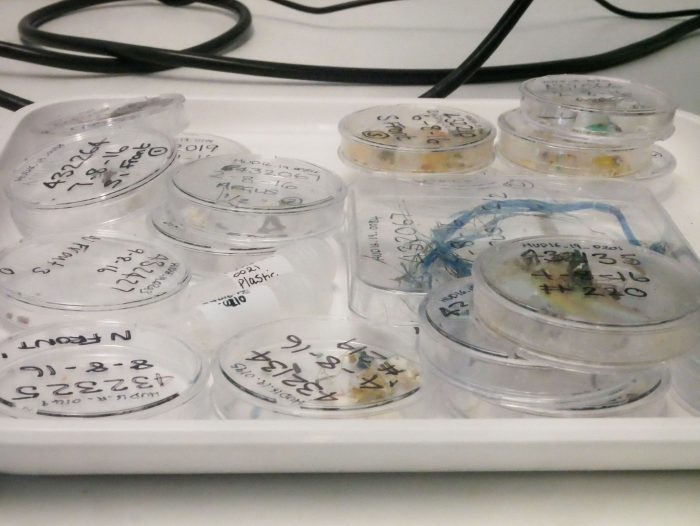
Thank you to Dean and Gill from Apeks for teaching me the ways of the regs. Thanks to Felix (EU Rolex Scholar 2016) for the wise words and driving me to the airport. A big thank you to Lars, Kristoff, FOTOGRAFIT, Anna and Nekton for hosting me, and final thanks for this month so far go to Kelvin Murray and Oliver Steeds for arranging my experience at Nekton… Unbelievable to think that was all in the first half of June!